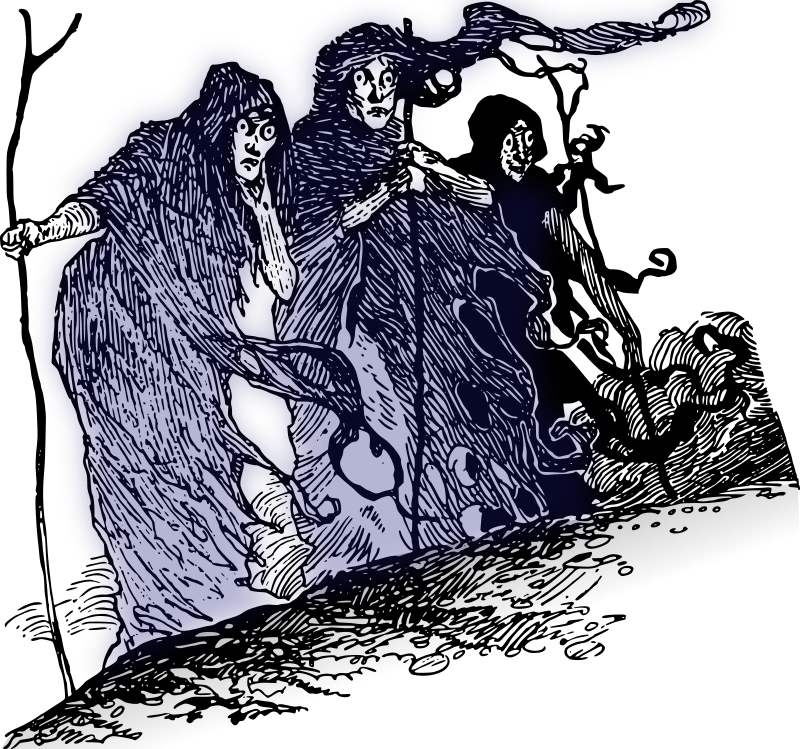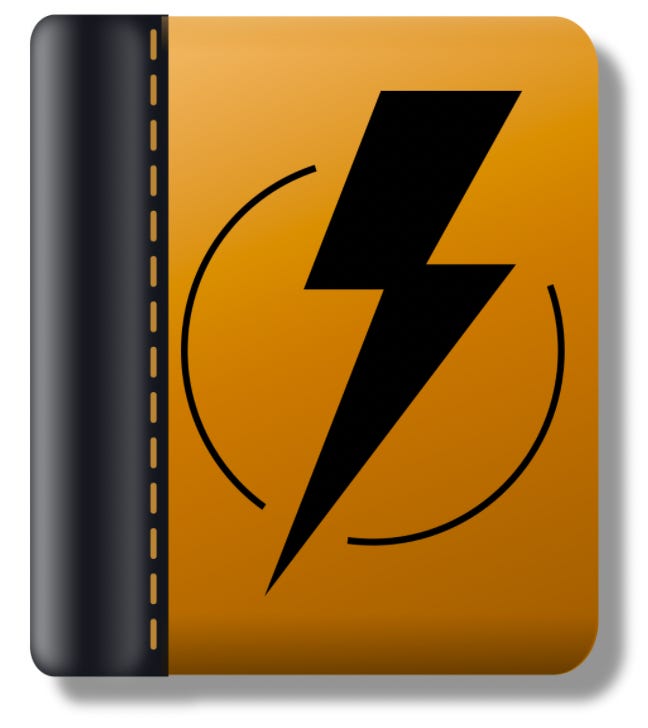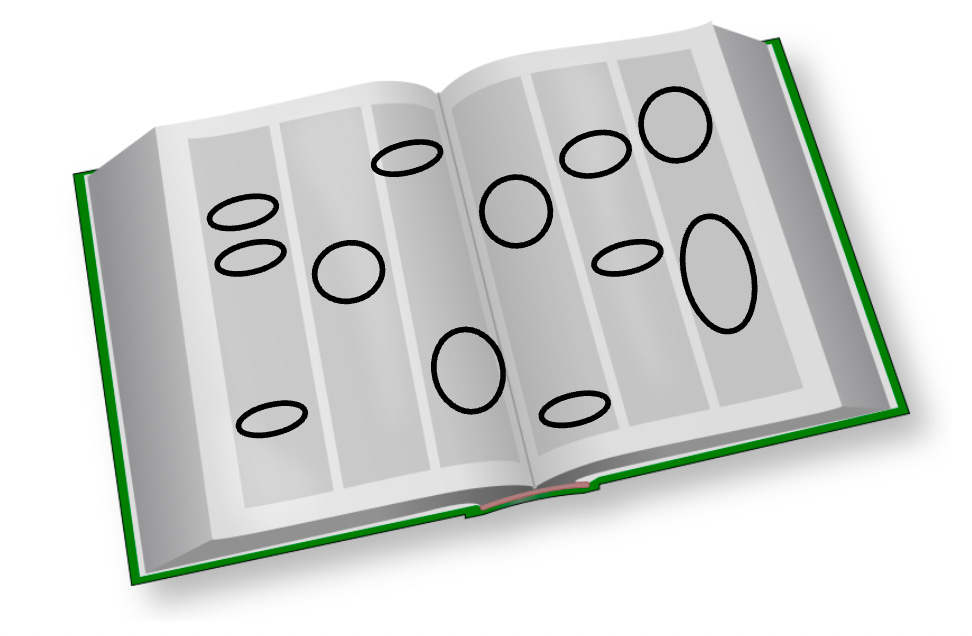Creative writing assignments that worked well (and not so well) in my Brit lit course
It can be tough to figure out how to fit creative writing into high school English courses. You don’t want to overload students with writing too many formal essays, but you also don’t want to give cutesy writing assignments or ones meant for students who enroll in the Creative Writing elective. In a regular English class, assignments to write full short stories or deeply personal nonfiction usually flop. Instead, it works best to keep most creative writing assignments short and directed at understanding. When creative writing assignments are brief and purposeful, they can be a great refresher between units of study.
I’m happy to share my list of creative writing assignments that worked well with high school seniors—and also the ones that bombed! Read on for links to my resources and inspiration to help you develop your own creative writing assignments.
The ones that worked well…
Beowulf Project: The Reality of Monsters: This project requires students to explore the purposes monsters serve in fiction. To develop a monster that represents a modern fear, students write its origin story and illustrate it. It’s a “greatest hit” project that’s always a best seller in my TpT store! Students respond well to this different spin on expressing their thoughts about issues that trouble our society.
Sir Gawain's College Application Essay: Students combine evidence from Sir Gawain and the Green Knight with their own imaginative extensions to write from Gawain's perspective. This assignment goes over well because it’s practical. It includes a pre-writing organizer and rubric that scaffolds the structure of the college application essay. Students can easily adapt it to their own application essays/statements for college, jobs, or other post-secondary opportunities.
Seating the Canterbury Tales Dinner Party: First, students make seating charts for the pilgrims that they believe will create interesting conversations. (“Interesting” could mean pilgrims debating with one another or finding their new best friends.) Then, they explain their reasoning in a paragraph for each table. Students have a lot of fun imagining these scenarios and it helps them prepare for a quiz on the Prologue, but honestly, the most valuable aspect of this assignment is that it’s easy for students to succeed at writing well-constructed paragraphs because they’re working with manageable sections.
The Unanswered Questions of Macbeth and The Unanswered Questions of Hamlet: Shakespeare’s plays are loaded with fun little mysteries that students enjoy discussing. For these assignments, each student gets question that the play raises but leaves unresolved, and they have to explain what they think happened behind the scenes, using details from the play and their own imaginations. (Questions include things like “What led the witches to disobey Hecate by giving Macbeth the prophecies in Act I?” and “Did Fortinbras actually become king?”) It’s a short assignment—only two paragraphs—which makes it all the more important that students organize their ideas well and make every word count.
The Frankenfolio: Students appreciate this assignment for Frankenstein because they can choose from a menu of options for fun creative responses to the novel. (One example: writing an entry from Victor Frankenstein’s lab journal.) We did this project after they had completed more formal writing assignments about Frankenstein, so the effort they put into this felt lightweight by comparison!
Found poem for “The Demon Lover” by Elizabeth Bowen: All right, so I know that most students are not excited about writing poetry. A found poem is different, though, because it helps students zero in on the theme or concern in the story they find most interesting (and they don’t have to come up with their own words). It can even be a good pre-writing exercise for a formal essay because it can help students select a topic and start to collect related quotations. Here are some additional resources that can give you ideas for assigning found poetry:
Introduction to Found Poetry
Found Poetry Instructions
Sample Found Poem
Mini-memoir: I gave this assignment after we read Angela’s Ashes, but you can adapt it to connect it to other texts or simply give it as a freestanding opportunity to do a little bit of personal narrative. It’s pretty simple: students write a 300-500 word memoir about a notable place they remember from their childhoods. Although I gave students a rubric for structuring their writing, I left the subject matter somewhat open. It didn’t matter if they went to the place they described all the time or just once, or if the place created happy or sad memories for them. Students did well on this writing assignment because they had a pre-writing graphic organizer that prompted them to include lots of sensory details. This assignment is a good reminder that all of us, no matter what professions we go into, can benefit from having good storytelling skills.
…and the ones that bombed
All right, feel free to laugh at the following silly assignments from my early years as a teacher.
Original ballad: After reading “Sir Patrick Spens,” “Bonny Barbara Allan,” and “Get Up and Bar the Door,” I had students write rhyming folk ballads about contemporary news stories. Most students struggled with the task. Also, it didn’t really build skills or ideas they’d be able to use elsewhere, which is something older students resent. As I became a more experienced teacher, I learned that it’s not necessary to do a creative a response to every text. So I got rid of that assignment and revamped my folk ballad resources by taking an approach similar to the “Reality of Monsters” project for Beowulf. I think it’s a better activity to get students to identify the fears implied by the old ballads and modern urban legends.
Sir Gawain and the Green Knight skit: I found this idea online somewhere in the late aughties and it was so, so bad. As a pre-reading activity, I gave each group a general topic that reflected an issue in Gawain (e.g. things like “lying to authority” or “proving oneself”) and students wrote a specific story about it in skit form. Without any context to work with, the skits were flat and often incomprehensible, and most students were embarrassed about having to act them out. (I knew this is how it would go, but forgive me, I was an overwhelmed newbie.) So the big tip here is don’t ever do skits. It’s unlikely that you’ll need to prep your students for writing or performing on Saturday Night Live.
Mystery story: After we read a few Sherlock Holmes stories, I gave students two options: they could either write an essay to explain how one of the stories aligned with six typical characteristics of mystery stories or they could write an original mystery story that included those characteristics. Only one student out of 90-some chose the creative option. I didn’t put any pressure on students to write stories, so it wasn’t like there was any kind of backlash, but it was notable because it proved that most high school students don’t feel like English class would be enlivened by the opportunity to write fiction. Eventually, I landed on a final assignment that requires students to explain why they think the Sherlock Holmes stories continue to serve as source material for popular media adaptations.
World War I poetry RAFT assignment: I used the Role–Audience–Form–Topic strategy to create a menu of options. Students could write from the perspective of one of the soldier poets, a mother of a soldier, a government official, etc. I ended up discarding that assignment because the subject matter was sensitive and I could tell students felt uncomfortable writing in another’s voice in this way. I replaced it with a simpler assignment that requires students to explain which of the World War I poems they find most attention-getting. It’s a straightforward, more appropriate way of getting students to write in full paragraphs. And in this case, I think it’s more relevant to analyze how politically charged messages can influence our thinking than it is to do a purely imaginative response.
In conclusion
Creative writing still has a place in high school English, but think about how to use it wisely. Keep most of the assignments short and don’t pressure students to write about sensitive topics. Instead, leverage creative writing assignments to help students grasp the main ideas or purposes of a text and to simply have a high-interest opportunity to construct paragraphs.









